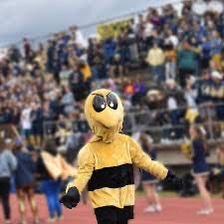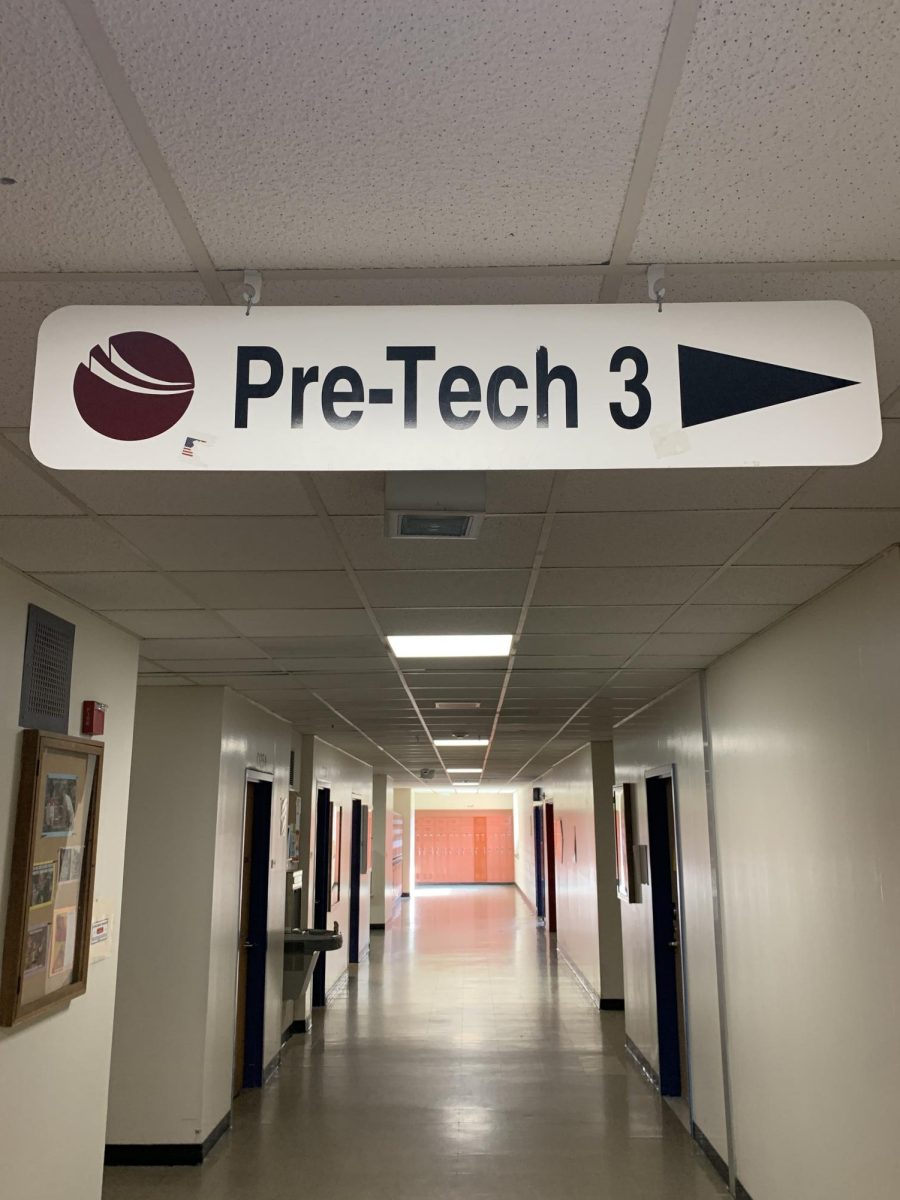Wasps and Hornets Are Causing a Buzz at EHS

September 30, 2022
The beginning of the school year at Essex High School has brought its usual buzz, but for some students and staff, this buzz takes on a more literal meaning.
This fall, there have been multiple sightings and encounters with various species of wasps and hornets on school grounds, particularly in the upstairs classrooms. These incidents have caused a disruption through many classes and caused great anxiety for students, especially for those who have allergies.
According to Essex High School officials this has been a problem that they’ve been dealing with since prior to the year beginning.

Garry Scott, the Director of Facilities & District Safety at EHS said, “We have contacted Ehrlich Pest Control for two hives on the second floor since the start of school. I do not know what type of vespids they are. They have typically been located in the outside corner of a window.”
Despite efforts to manage the vespids, they are persistently present at the school.
James Murphy, one of the English teachers at EHS has experienced two incidents of wasps entering his class during instruction.
Murphy said, “To answer your questions, when the wasp flew in, I was worried about it possibly stinging one of the students in our class, so I found a magazine and killed it. I felt bad about killing it, though. The class was commenting on the size of the wasp, I believe, and I remember there was some debate of whether it was some kind of fly or a wasp. This exact thing did happen in another class, and in that class, I managed to get the wasp out of the window without killing it. There was a nest outside of my room and the maintenance department hired someone to deal with the nest.”
Before we label all wasps and hornets as malevolent pests, let’s get to know the insects a little better first.
Wasps and hornets are flying insects and only females have stingers, which are actually modified egg-laying organs that are in the vespidae family. There are eight species of bees, wasps and hornets native to Vermont: the bald-faced hornet, European hornet, cicada killer wasp, paper wasp, yellowjacket, mud dauber, bumblebee, carpenter bee and the beloved honey bee, which is the Vermont state insect. Within these species, there are three subcategories of wasps which live under the rule of a queen and are the most commonly seen species: parasitic wasp, solitary wasp and social wasp.
Unfortunately, wasps have earned themselves a bad reputation because of their painful, and sometimes deadly stings. But despite their occasional aggression, these insects play an important role in the ecosystem.
Wasps are probably best known for disrupting summer picnics, but they are actually very important in keeping the ecosystem balanced. Without wasps, the world could be overrun with pest insects. Each summer, social wasps capture an estimated 14 million insect prey, such as caterpillars and greenflies. Adult wasps don’t eat the prey they kill, rather they feed it to their young. Social species capture insects, chop them up and carry parts back to the nest to make consumption easier.
When on the hunt for nectar, wasps can also become accidental pollinators by traveling from plant to plant carrying pollen. While their contribution to pollination may not be as substantial as bees’, wasps still play a valuable part.
So why do wasps sting?
Wasps use their venomous sting to subdue prey and defend their nest. They also use it to defend themselves. Wasps sometimes sting us as they see us as a probable threat, even if we don’t really pose one. The venom, which can be alkaloid or proteinaceous, is a chemical concoction that breaks down cell membranes, constricts blood vessels to reduce blood flow and increase blood pressure, and stimulates pain nerves as well as the histamine response.
Unlike honey bees, wasps don’t lose out by stinging us. Honey bees sacrifice their lives as their stings have a set of tiny barbs that hook into the skin. When the bee pulls away, the stinger remains attached to the skin, causing the bee to leave behind the entire muscle system around the sting. It’s fair to say, that is brutal.
Hopefully, if we understand these insects a bit more, we can better understand their intentions. Wasps and hornets nest around humans because we provide man made shelters and they can’t resist the many sugars in our food. Since they nest so close to us and they only sting when they feel their hive is in danger, getting too close could result in a painful sting.
This is why it’s important to call the professionals to relocate the hives when they are too close for comfort. We should also keep in mind that when a wasp crashes our picnics or classes, it’s important to remain calm, still, and to throw away or secure any food in the area. And please don’t swat! At the end of the day wasps and hornets are just insects and only function on instinct, so if you get stung it’s more than likely the vespid saw you as a threat to itself or the hive.
Maybe after reading this you will have a whole new understanding and appreciation of our beloved mascot, Buzz the Hornet. After all, hornets do more than just cheer at our sports games and boost morale.
Works Cited: What do wasps do? | Natural History Museum
Bee, Wasp & Hornet Identification & Behavior | Vermont Pest Control











